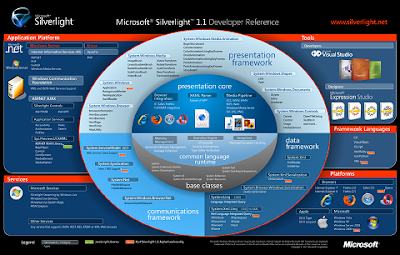Once I modified my WHERE clause the update took a little less than 3 seconds
Let's get started and see what I did
First create this table
CREATE TABLE #CaseSensitiveSearchTemp (Val CHAR(1))
INSERT #CaseSensitiveSearchTemp VALUES('A')
INSERT #CaseSensitiveSearchTemp VALUES('B')
INSERT #CaseSensitiveSearchTemp VALUES('C')
INSERT #CaseSensitiveSearchTemp VALUES('D')
INSERT #CaseSensitiveSearchTemp VALUES('E')
INSERT #CaseSensitiveSearchTemp VALUES('F')
INSERT #CaseSensitiveSearchTemp VALUES('G')
INSERT #CaseSensitiveSearchTemp VALUES('H')
Now we will insert some lowercase characters
INSERT #CaseSensitiveSearchTemp
SELECT LOWER(Val) FROM #CaseSensitiveSearchTemp
Now we will create our real table which will have 65536 rows
CREATE TABLE CaseSensitiveSearch (Val VARCHAR(50))
We will do a couple of cross joins to generate the data for our queries
INSERT CaseSensitiveSearch
SELECT t1.val + t2.val + t3.val + t4.val
FROM #CaseSensitiveSearchTemp t1
CROSS JOIN #CaseSensitiveSearchTemp t2
CROSS JOIN #CaseSensitiveSearchTemp t3
CROSS JOIN #CaseSensitiveSearchTemp t4
This should give you 65536 rows
SELECT * FROM CaseSensitiveSearch
Create an index on the table
CREATE INDEX IX_SearchVal ON CaseSensitiveSearch(Val)
This is how you do a case sensitive search
SELECT * FROM CaseSensitiveSearch
WHERE Val = 'ABCD' COLLATE SQL_Latin1_General_CP1_CS_AS
Now hit CRLK + K (SQL Server 2000) or CRLK + M(SQL Server 2005)
run these 2 queries in one batch by highlighting them both and hitting F5
SELECT * FROM CaseSensitiveSearch
WHERE Val = 'ABCD' COLLATE SQL_Latin1_General_CP1_CS_AS
SELECT * FROM CaseSensitiveSearch
WHERE Val = 'ABCD' COLLATE SQL_Latin1_General_CP1_CS_AS
AND Val LIKE 'ABCD'
Look at the execution plan, I get 98.71% for the first query and 1.29% for the second query. Just by adding the AND condition SQL server is able to do an index seek and run the query many times faster

Now try it with a lowercase a
SELECT * FROM CaseSensitiveSearch
WHERE Val = 'aBCD' COLLATE SQL_Latin1_General_CP1_CS_AS
SELECT * FROM CaseSensitiveSearch
WHERE Val = 'aBCD' COLLATE SQL_Latin1_General_CP1_CS_AS
AND Val LIKE 'aBCD'
You see it all works without a problem, the correct result is returned

